Courtside |
| Pride by Design: 7 designers explore the impact of art and design Posted: It goes without saying that supporting Dribbble means supporting a diverse and inclusive community of designers all over the world, all year round. This month in particular, we're proud to not only spotlight some incredibly talented LGBTQIA+ artists and designers, but also invite them to shed light on the immense impact that art and design can have on amplifying queer voices. Why is it essential to support and uplift the LGBTQIA+ community through art and design?
"Supporting LGBTQIA+ people through art is essential because, quite frankly, queer creators are the forefront of cultural innovation. Take stock of what's brilliant these days: Everything Everywhere All at Once. Saucy Santana's discography. Sort Of. Fire Island (or anything with Joel Kim Booster, honestly). Queer, trans, nonbinary, and questioning individuals have been waiting impatiently to share their stories and we've finally hit the closest thing to a big "beginning". We're primed for a renaissance in this century! Support of these artists is the absolute bare minimum; we need to surpass a point where queer people require permission to tell their story."
"Not everyone is fortunate to live their truth. We live in a divided world where we move one step forward and get pushed back two steps. I don't want to speak for everyone, but art was my gateway to expressing my true self as a young queer man. My outlet allowed me to express my emotions and explore my identity without feeling judged. My outlet allowed me to express my emotions and explore my identity without feeling judged. Many LGBTQIA+ young people aren't as fortunate to find an outlet to express themselves or a have a safe space and end up taking their lives, never knowing that it gets better. Expressing myself through art and design has helped me understand myself more to the point that I am now comfortable living out loud and proud."
"Queer people and people of color have been fighting for decades against the over-policing of our communities, often making our pleas visible through art and design. Time and again, our self-expression and sexuality are shared creatively in some form, in ways words simply cannot convey. With more adults identifying as LGBTQ+ now than ever before, emphasizing queer creativity has never been more important for our communities than it is today."
"For most people in the community, the right to dream, to live freely in the way we identify, and to be able to navigate between spaces that we are normally not welcome is taken away. In order to progress and make even more of a difference moving forward, it's so important to shine a light on the LGBTQIA+ community beyond just Pride Month. We exist and we must increasingly occupy these spaces so that future generations do not have to go through what we went through." Can art and design be a vessel to express sexuality and gender identity?
"Art is a tool to express, explore, and question the concepts that surround our diverse, intersecting identities, whether it be our ethnic heritage, sexuality, religion, gender, disability, or economic status. Despite the fact that art simply starts from our individual and collective expression, design must respond to specific objectives or functions while also contemplating the individual and collective identities of the users for which it is oriented. Both art and design are influenced by identity factors that shape them as tools so that they can fulfill their function, either to express our individuality or to improve the quality of life of the community we are part of."
"100% yes. When I started creating art that expressed my queerness, I felt I had opened a new portal of expression. It's a beautiful way to get to know yourself better and even a way that can share with others more of who you are."
Even the most closed-minded person will stop to contemplate a piece of art if it resonates with them. Queerness and vulnerability intertwine when art is involved, which is significant considering how little vulnerability LGBTQIA+ people have been encouraged to show, historically. This is evident in protest signs, sketches of a lover, and self-portraits as a person becomes more aligned with who they want to be. A piece can be confident in its bluntness or tender in its subtlety. Either way, it's how we celebrate our own souls and the bodies that make a home for them. How can creatives use art and design to educate others about the community and LGBTQIA+ history?
"Art and design are extremely powerful tools. They possess massive amounts of potential and scope that can be used to help aid or engage education. Creatives can and should use that power in order to help others learn about LGTBTQIA+ history and issues. Whether you are looking at the past, present, or future, people will often respond better or pay more attention to well-designed or engaging things, things they may deem unimportant otherwise. People will often respond better or pay more attention to well-designed, or engaging things. Art and design can start conversations, sometimes maybe even awkward or uncomfortable ones but a conversation nevertheless. Create work that sparks or provides opportunity for those conversations or visibility for the community. Whether that be in comment boxes, in meeting rooms or even just in one person's head. It's important to always keep conversation open and active, even when it's not pride month. Create or highlight work that celebrates the community, highlights issues, educates and raises awareness."
It's important to stop focusing on what looks beautiful and start doing what is necessary. It's also important to know what we're talking about, rather than simply follow the herd. What I always do is express my opinion and share my experience as a Black and gay man through what I do and I always make sure that I'm reaching the people that I think need to see it most.
And even more so, as creatives, it's part of our job to think outside the box, to imagine the world we want, and to recognize that our creative work isn't merely based on our individual experience, but is influenced by historical and cultural factors where precisely people from the LGBTQIA+ community have been pioneers and great references in art and design. What can large companies with huge social platforms do to properly support queer artists all year round?
We're currently experiencing what feels like a regression in the United States as it pertains to our rights. It's becoming increasingly more difficult for trans youth to access the resources they need to undergo healthy transitions, adoption for same-sex couples is being questioned, and public school teachers in Florida have been banned from holding classroom instruction about sexual orientation or gender identity. When large social platforms speak out in the face of injustice and amplify voices that have been historically suppressed, we challenge the narrative. Large companies voicing their support for the LGBTQ+ community is undoubtedly impactful, but taking action is the true measure of a company's commitment. When large social platforms speak out in the face of injustice and amplify voices that have been historically suppressed, we challenge the narrative. Pride shouldn't just be a 30-day affair but more of a perpetual practice in year-round humanity and inclusion.
Queer artists often don't have the support from family to attend art schools and programs, so even providing resources or awarding scholarships to queer artists helps tremendously. Companies that support us should take action and voice their support for diversity and inclusion and rise against backward laws by not donating to politicians who what to censor us and ban books. That visible support makes us feel we matter. |
| From graphic design to content design: Make your mark in the ‘Big Content’ era Posted: This article was written by Bunny Tharpe, Vice President of Marketing at Quark Software, Inc.—the global provider of content design, automation, and intelligence software. I'm a journalism school graduate and proud "word freak" who's worked in marketing for 30 years. But as clever as my words might be, I know they could be ignored if not for the right packaging. Thankfully, I've worked with some amazing graphic designers and art directors throughout my career and enjoy collaborating with them to bring content to life—from a brochure or annual report to an email campaign or entire website. I have even more respect and appreciation for graphic designers now that I run marketing for the software company that revolutionized professional desktop publishing. During the last year, I've learned a lot more about the design craft and the tools used to help me develop sales and marketing collateral. But I'm also learning about the other types of content graphic designers are involved in producing, many I hadn't even considered, like the statements I get from my 401(k) provider, the manual for my new washing machine, and the medication guides that come with my prescriptions. It's a Big Content world, and all kinds of organizations need design talent to help them communicate effectively. Given my new perspective on critical, non-marketing content that's connected across an enterprise, I'd like to offer some advice and encouragement to those designers just coming out of school as well as design pros looking to expand their skillsets: It's a Big Content world, and all kinds of organizations need design talent to help them communicate effectively and share important information with their stakeholders, including employees, customers, prospects, shareholders, partners, and vendors. ✏️ Thanks to our friends at Quark for sponsoring this blog post! See content through a broader lensThe inspiration for a particular project can originate at anytime from anywhere and take shape in many ways. How many napkin sketches have given way to award-winning campaigns? By nature, graphic designers are "artists," experts in visual communications who put images, typography, and graphics in motion to create compelling designs for print and digital projects. As a corporate marketer, I rely on a team of seasoned designers for their creativity in producing the content assets I need to raise brand awareness and generate interest in the company I work for and the value our software solutions provide. Creative art is an indispensable success factor, which is why more than 70% of businesses invest in professional design to help their brands stand out against the competition. Business-critical content comes in many forms, including PPT, Word, and Excel files plus structured documents like investment prospectuses, technical manuals, and pharmaceutical labels. The rise of content marketing as a specialized practice has put more focus on the creation of white papers, e-books, how-to guides, and infographics because these assets are key to attracting and nurturing audiences—especially in B2B marketing. And digital transformation has been a major catalyst for content development as more organizations evolve their content strategies to create and deliver online experiences for deeper, more meaningful interactions with their various audiences. More emphasis on optimized content for web and mobile engagement—plus apps—provides opportunities to drive creative for all these channels. But the good ole PowerPoint presentation is still an important tool for clients like me. Business-critical content comes in many forms, including PPT, Word, and Excel files plus structured documents like investment prospectuses, technical manuals, and pharmaceutical labels. Even bots, powered by AI and ML, need to reflect corporate brand standards. And more organizations in sectors that are often slow to change are starting to move online, so they can transform how they go to market with products, services, or information. For example, government agencies are digitizing their forms, legislative documents, and codes and standards. All of these documents require layouts, so graphic design doesn't always involve fancy collateral, ad campaigns, or apps. In fact, a designer's touch can make these less glamorous but important forms of content more impactful.  Become a key business partnerOrganizations need talented designers to help them communicate with and influence their target audiences. Although print is by no means dead, we now live and work in a digital-first world. The number of canvases on which you have to work has expanded, and this shift creates more opportunities. As marketers have assumed more strategic roles within organizations, design professionals are poised to do the same. A lot of power is unleashed when content and design collide. I invite our designer to work directly with subject-matter experts (SMEs) across the company—from product managers to R&D to the CEO. She becomes part of the multidisciplinary team producing the content that's required at any given time, whether that's a product video, new iconography for the product itself, or a PPT for a board meeting. While the SMEs explain how a product addresses a market need, I'm figuring out which words to use to build the narrative—and our designer is thinking about which visual elements will have the most impact. Together, our words and images work together to tell a compelling story that we hope educates, entertains, or influences the audiences who'll experience it in various ways. Digital has given consumers more power and control over how and when they shop, search for information, read the news, or watch their favorite shows. Because they can bring their own devices, organizations can reach more people regardless of geography and that can translate into more influence and potential growth. This is all great, but expectations are high; even B2B organizations and their stakeholders appreciate not only accurate and consistent information but also attractive colors, interesting images, and interactive elements. The lines between B2C and B2B design are blurred, and that's good news because the "B" in B2B doesn't stand for boring. As marketers have assumed more strategic roles within organizations, design professionals are poised to do the same. But with all these new channels, and those yet to emerge, does that equate to double, triple or quadruple the work? No, even more good news: you don't have to recreate every design for every channel. Automated omnichannel publishing makes it possible to replace that one-to-one effort with a one-to-many effort. Create a single piece of content and publish it to all channels simultaneously, without compromising design integrity. You're more productive, and your client gets its message into the hands or onto the screens of the intended audiences faster too. Time to market is key in the modern business environment that's hypercompetitive. So I reiterate the importance of continuous innovation when it comes to your design acumen and toolbox. Understanding technology trends and staying current on how to incorporate them into your work—or your work into them—will set you apart, enabling you to pursue more opportunities and deliver greater value to clients. Success in the Big Content era means being curious and willing to learn new technologies and processes while forging relationships with everyone who plays a role in content creation. Each design project involves creative exploration, so technology should be part of your exploratory process too. You'll be a stronger partner to your in-house or external clients if you can do the work—or ensure you can bring in the right vendors to support you with the right skills and proper scope.  Understand content complexity and complianceLike Big Data before it, the Big Content era is also marked by volume, variety, and velocity. Companies create huge amounts of content in various formats, and they need to produce it quickly to meet stakeholder demands—whether that's giving employees in the customer support department the standard operating procedures they need to enroll customers in a new service or updating an app so customers can see the menus from their favorite restaurants in order to place their orders and have them delivered to their homes. Creating and managing enterprise content is complex. For example, hundreds of data sources might be required to power a website—especially if it has an e-commerce platform. And that data manifests itself in many formats, including copy, charts, forms, videos, shopping carts, etc. Now think about all the people involved in supplying the data as well as reviewing and approving just the front-end copy and creative before it can be published. As the website designer, you will have to interact with people from marketing plus IT, product management, finance, and legal as well as operations, distribution, and customer support. You'll also want to make sure the final design translates across the numerous web browsers and that it scales up and down correctly on tablets and mobile phones. As the consumable form of data, content is a valuable asset and competitive differentiator that must reach target audiences in the right format, at the right time, in the right place, and on-brand. If you've worked to brand or rebrand an organization, you've developed a logo and color scheme, selected fonts, and established a tone of voice. Then you've documented these important decisions, aka brand elements, in a brand guide to enable marketing and all departments to put forward a consistent image, and, in so doing, increase brand awareness and equity. Brand compliance is part of corporate compliance, and it's important to reputation, value, and growth. Regulatory compliance is another form of corporate compliance, and these standards vary by industry and geography. Not only do they apply to health, safety, and manufacturing controls, but they also apply to content! "According to Life Science Leader," it costs between $800 million and $1.2 billion to bring a new drug to market. Meeting regulatory requirements for the associated content is a quarter of that cost. Consider that a pharmaceutical company might have to make more than 30,000 label changes during the course of a year, and complex label changes can take more than a year. What about companies in other manufacturing sectors, not to mention financial services, insurance, and government? From their websites and apps to offline documents, regulatory compliance is a key consideration when creating, managing, and publishing this content.  Content is a big dealWe all love content and appreciate its value. That's why we do what we do, right? But hopefully, you see how much broader the content spectrum is and how it's even more strategic. It, in fact, drives modern business. But the larger the organization, the more complex its content will be and the more regulations it will have to comply with. Factoring in stakeholder expectations and competitive concerns, today's content must be dynamic, personalized, rich with interactivity, and accessible anywhere, anytime, and from any device. With that being said, organizations across all industries are changing how they approach content lifecycle management. Content automation and intelligence are at the heart of this transformation to ensure content ecosystems—all the technologies and associated processes that underpin content creation, collaboration, and publishing—are able to meet current needs and support new requirements tomorrow. As valuable members of content teams, it's important to understand what your colleagues and/or clients are dealing with. Meeting modern information needs is not easy, much less being future-ready. Organizations across all industries are changing how they approach content lifecycle management. That's why they're examining their organizational objectives, making sure their content strategies align, and then investing in new technology to streamline how mission-critical content ends up in the right hands or on the right screens. With content automation software, companies can streamline all their content processes, from production through consumption. That includes determining if the content they generate yields the desired results, or if it needs to be reworked or retired. Content intelligence solutions for comparing consumption and engagement metrics against production costs enable organizations to understand true content ROI based on data not just gut instincts. But don't worry! Organizations still need designers to create their document templates and help facilitate online and/or offline delivery. Content design and publishing are ripe with more opportunities than ever before—especially when you can see the bigger content picture with both its challenges and opportunities. Invest in content design and automation toolsQuark has been at the forefront of content for more than 40 years. While you may know us best for our content design and desktop publishing software, QuarkXPress, we have a lot more technology up our content sleeve. Quark Publishing Platform (QPP) NextGen is software-as-a-service that unifies content creation, automation, and intelligence for closed-loop content lifecycle management. Quark. Brilliant content that works the way you and your clients need it to for digital transformation, customer satisfaction, revenue growth, and regulatory compliance. ■ About the Author: Bunny Tharpe is vice president of marketing at Quark Software, the global provider of content design, automation, and intelligence software. Bunny has more than 30 years of marketing communications experience that includes helping global B2B technology companies successfully position themselves to accelerate growth. 🎨 Illustrations by Olga Filatova from Ouch! |
| You are subscribed to email updates from Courtside. To stop receiving these emails, you may unsubscribe now. | Email delivery powered by Google |
| Google, 1600 Amphitheatre Parkway, Mountain View, CA 94043, United States | |

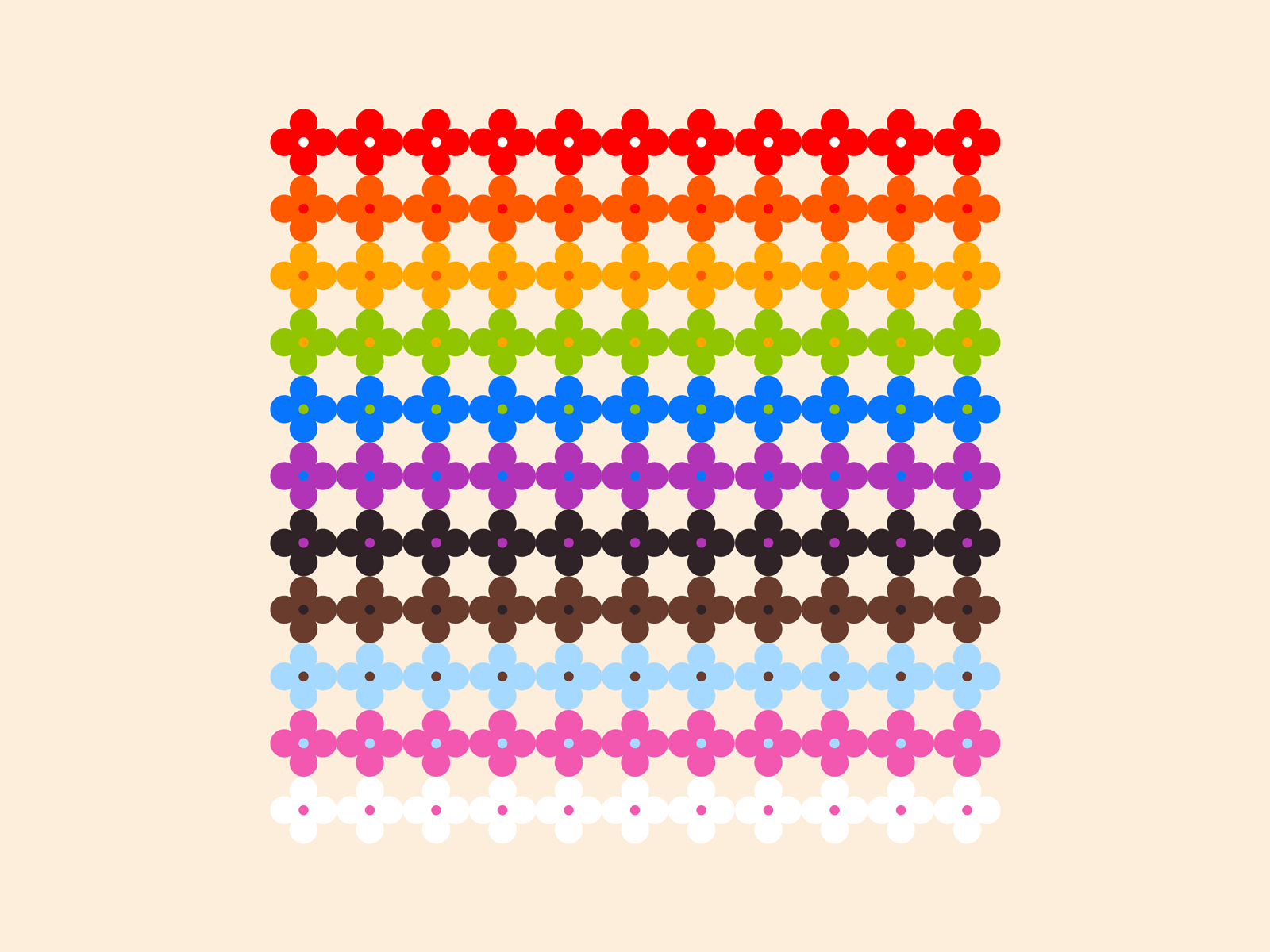
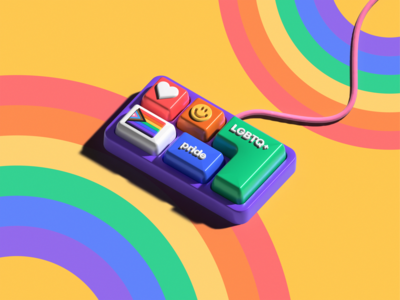

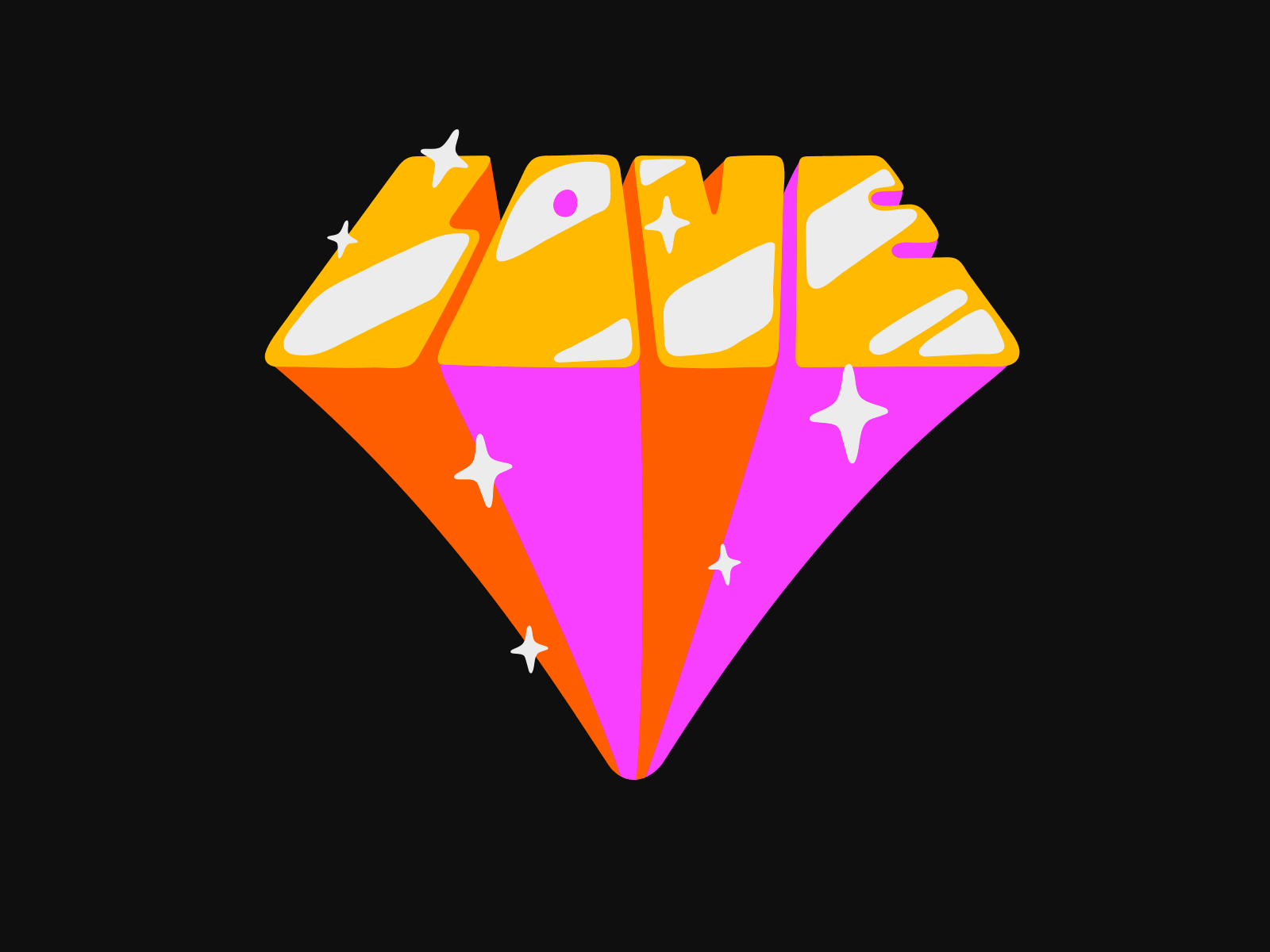
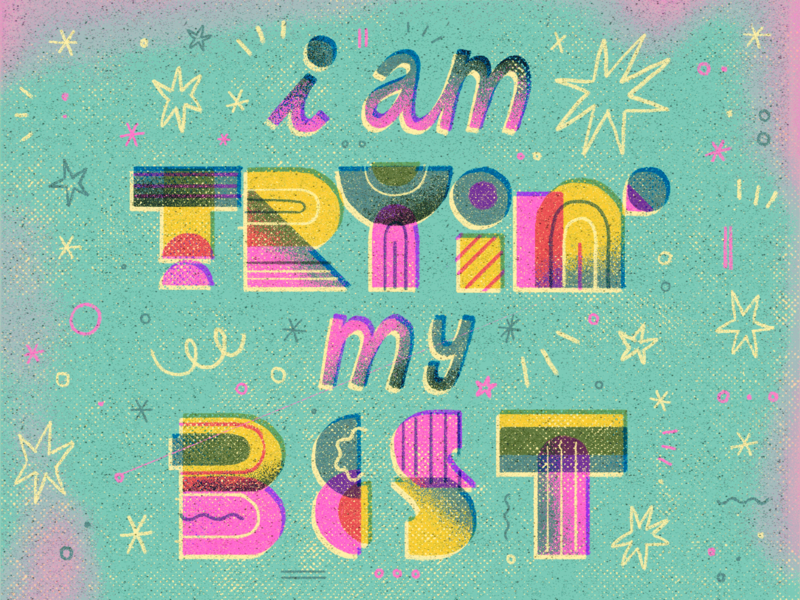
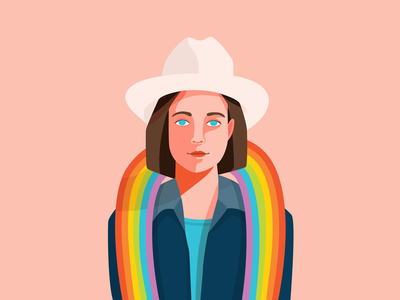

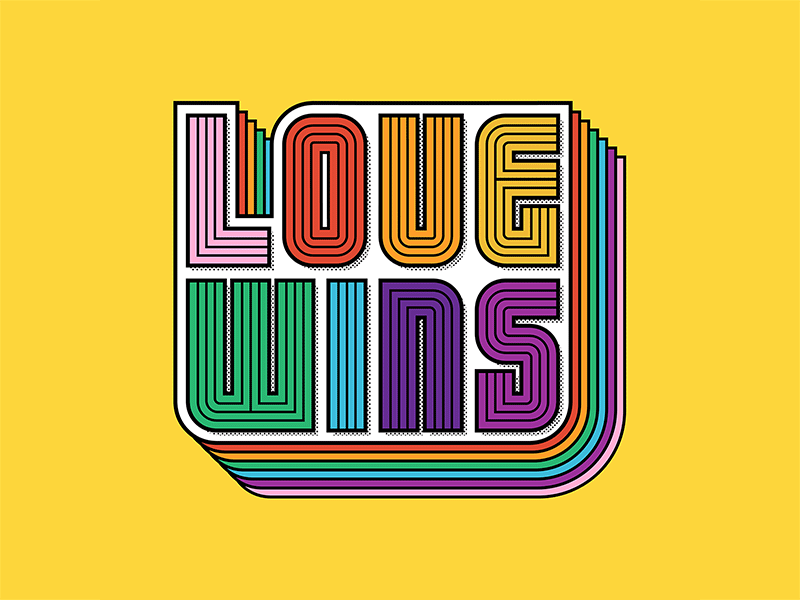
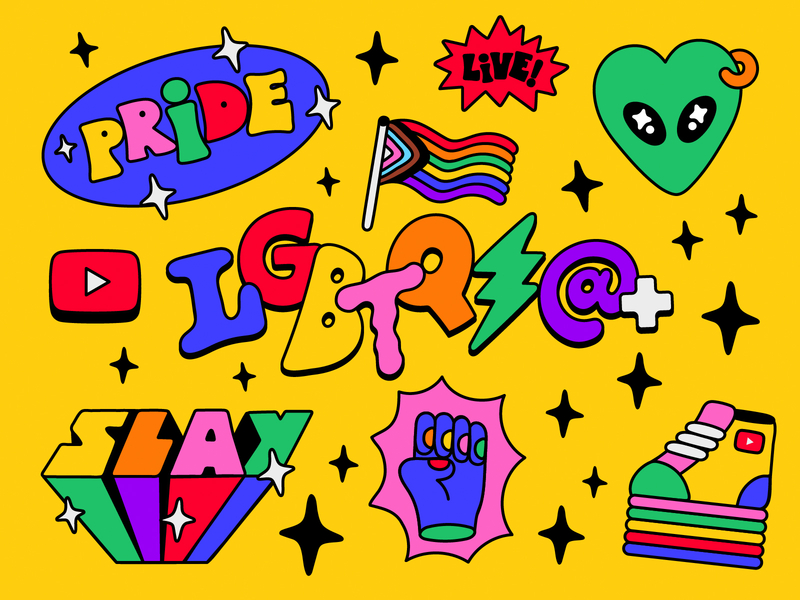

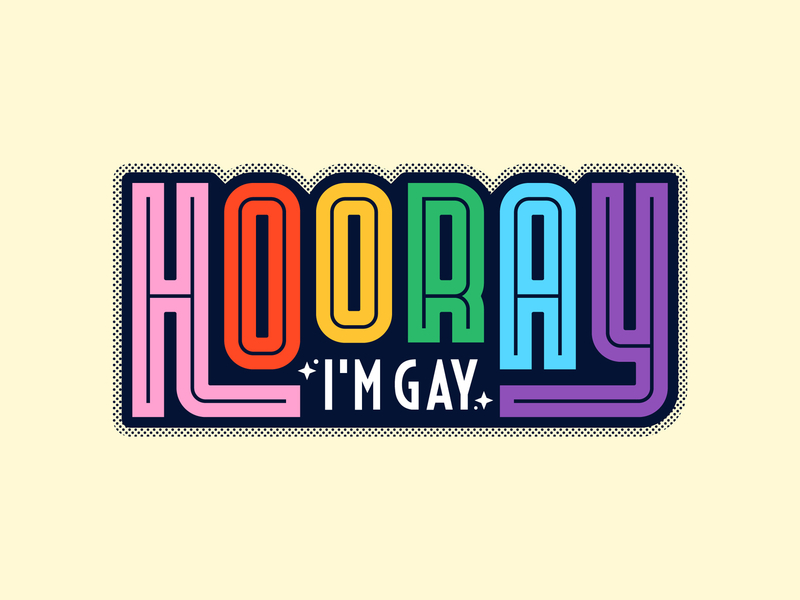
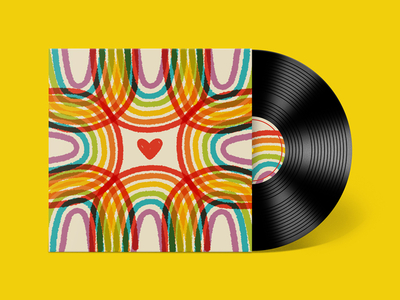

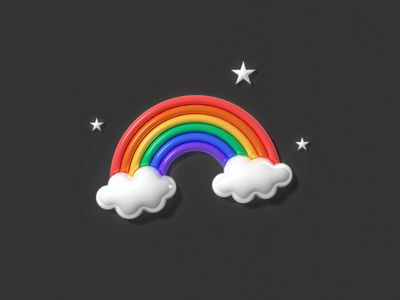


0 Comments